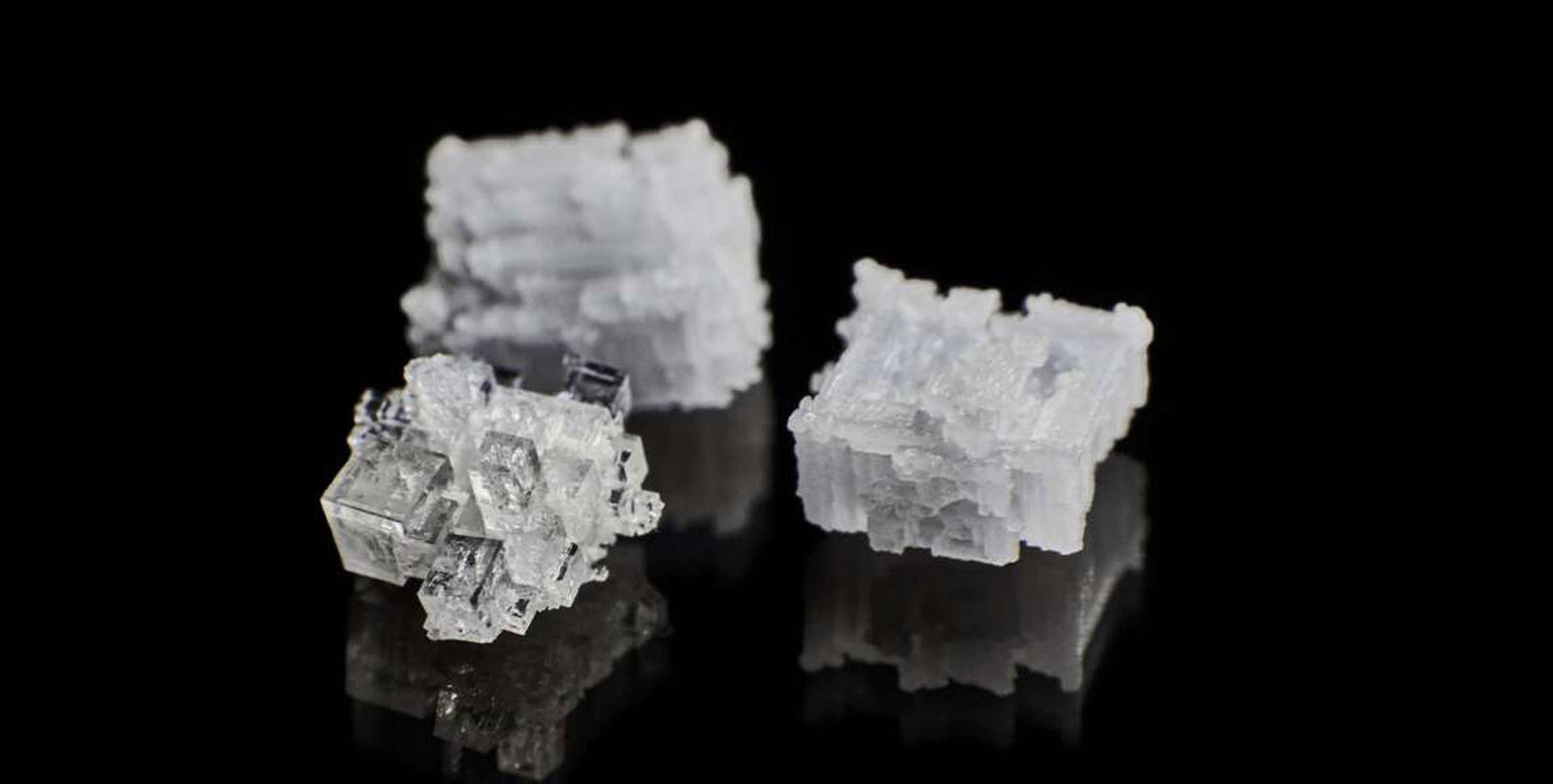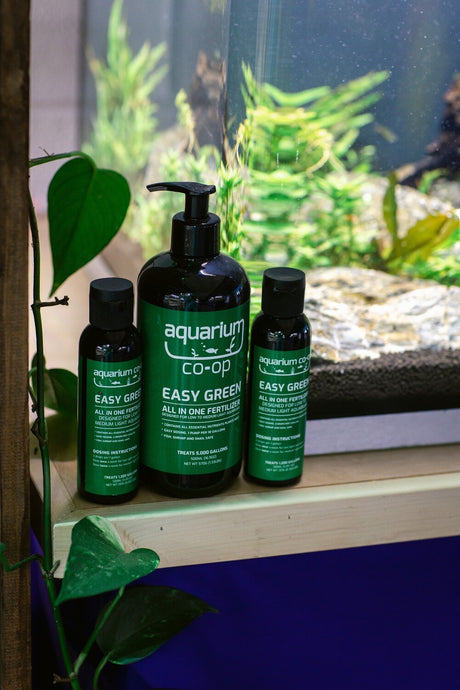Freshwater aquariums sometimes need salt, too. There are two types of salt frequently used: aquarium salt (sodium chloride) is the most frequently used, and Epsom salt (magnesium sulfate) is occasionally needed. They have very different functions and are not interchangeable, but both can be safely used. In this short blog, we’re going to go over what they do, when to use them (and when not to!), and how to dose them.
AQUARIUM SALT, OR SODIUM CHLORIDE
This should be a staple in your supply closet. It’s easy to find (we always have lots here at April’s) and it’s inexpensive. It’s also the salt with the most uses! In some areas (like BC, Canada, where we’re located) strong fish medications are banned for commercial sale, and aquarium salt can fill in many of those gaps.
What does it do? Aquarium salt is very effective at boosting the production of the slime coat. The slime coat on a fish is a barrier between the fish and everything else–its most important function is to prevent bacteria and infection. Aquarium salt also can act as a disinfectant, killing bacteria and parasites that are loose in the water. Some fish, like mollies, love a bit of salt in the tank at all times, but most of the time that isn’t ideal.
When should you use it? If you notice a cut, ragged fins, popeye, or other infections, you can add a small amount of salt directly to the aquarium, or perform more concentrated salt baths (or both!).
When shouldn’t you use it? Well, some fish and plants are very sensitive to salt, so you don’t want to use it as a treatment for everyone. Scaleless fish (like corydoras) for example don’t do well with full-strength treatments.
How do you use it? When adding it directly to the aquarium, use one tablespoon per three gallons of water. It won’t evaporate, so don’t redose unless you’re changing water (so if you do a 50% water change, add 50% of the original dose back). For a bath, you make a mixture three times more powerful (that’s one tablespoon per one gallon of water) in a smaller container. Make sure you use water from the original tank for the bath, so they aren’t acclimating to different water conditions. Keep them in the bath for 5-10 minutes before returning them to the aquarium. Do this 1-3 times a day.
EPSOM SALT, OR MAGNESIUM SULFATE
Epsom salts are easily found in your local pharmacy (though be sure there are no additives–you want straight magnesium sulfate) and are very inexpensive. Epsom salts are almost always used as a medicated bath, but when added directly to the aquarium they increase the GH (general hardness) of the water! We’ll get more into water hardness another day.
What does it do? Epsom salts reduce swelling and act as a laxative for fish. It’s very helpful for fish with swim bladder or bloating issues.
When should you use it? If you notice your fish has a distended abdomen, it’s floating to the top or sinking to the bottom of the aquarium, or generally not wanting to swim much, Epsom salts may be helpful. Some people also find it helpful to reduce swelling in popeye. Some people have said it helps in treating dropsy, but don’t get your hopes up with this; dropsy is usually a symptom of organ failure.
When shouldn’t you use it? Don’t add epsom salts to your aquarium, always treat in a salt bath. This is because, as we mentioned earlier, Epsom salts can change the GH of your aquarium, and as a result, the pH. Only use it in your aquarium with the intent to change your water chemistry.
How do you use it? Always use epsom salts as a bath. For most conditions, you’ll want to pause all feeding while you’re treating them. In a separate container, mix 1 tablespoon of Epsom salt with 1 gallon of tank water, and mix it until it’s fully dissolved. Using a net, move them to the bath, and leave them there for about 15 minutes, and then return them to the aquarium. Do this 1-3 times a day.
And that’s all! Let us know if you have any questions about using salt in your aquarium, or if you have any tips of your own to share.


